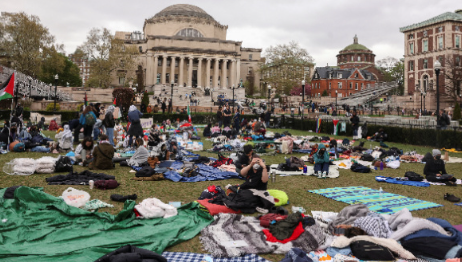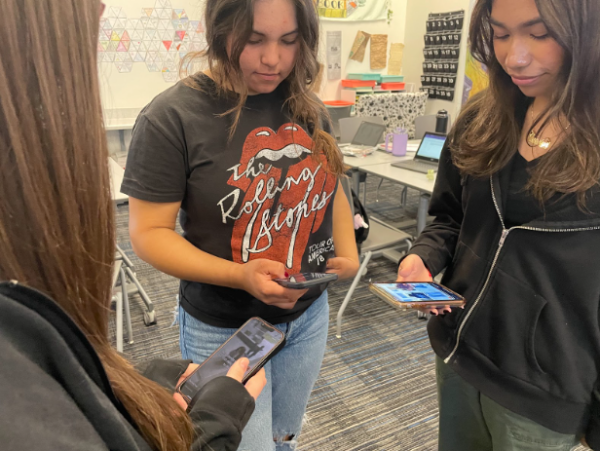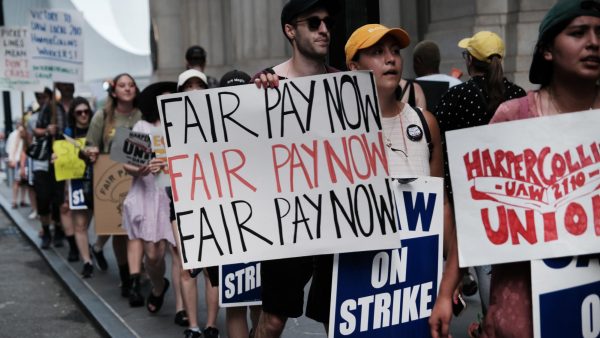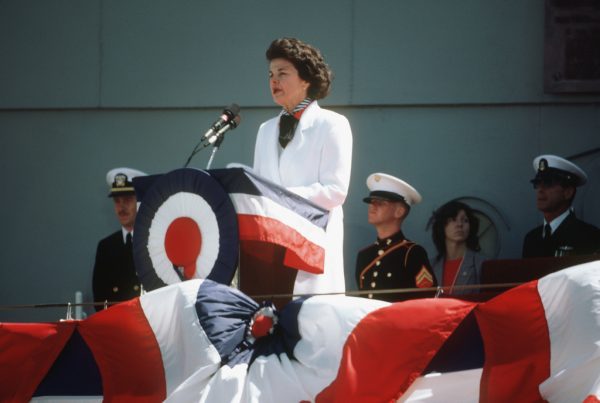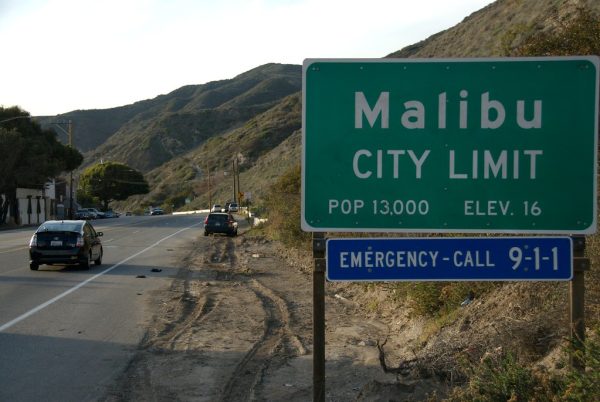Global Economic Impact of Valentine’s Day
March 1, 2022
Valentine’s Day is a well-known and highly anticipated holiday taking place on February 14th every year. The holiday has become inseparably associated with love and romantic relationships, with people around the world feeling the effects of the social pressures whether they are single or in a committed relationship. However, people get so wrapped up in being upset about the pressure to find a partner or go out on dates or to buy Valentine’s gifts that they forget about the economic impacts of the holiday.
But what are the economic impacts of spending large sums of money on often overpriced consumer goods? First, Americans contribute a great amount of money to the holiday. In the U.S. alone, consumers spent a total of $23.9 billion on Valentine’s Day in 2022, according to the National Retail Federation. With all of that money being thrown around, where does it end up?
More often than not, all of that money is going to smaller businesses, who see a huge boom in sales around Valentine’s Day. Small businesses are able to pull off higher sales than larger companies in part because smaller businesses are able to personalize their goods to each individual consumer, which brings in more consumers than the average pre-packaged ready-made goods of corporations. Knick-knack shops, florists, and chocolate shops see the highest sales of these groups.
For individual consumers, the pressure to buy things can be damaging to savings and welfare, especially for compulsive shoppers. However, this increase in sales can stand as a major boost for the economy, and can really help small businesses looking to make their mark in their community.
Now, of course, it’s hard to talk about our current time without mentioning the COVID-19 pandemic, and for good reason. Businesses took a major hit during the social distancing burst last year, and some were inevitably unable to sustain themselves, especially smaller businesses like local restaurants and diners.
Price inflation is also a prominent factor in the global economy on Valentine’s Day. Businesses—restaurants in particular—are feeling pressured to charge more for their goods due to raised costs for materials, food, and pain from pandemic losses. It has been reported that among other things, the price of a filet mignon skyrocketed by 154%.
Those in relationships spent on average $208 on their significant others, and it is expected that couples are more likely to opt for romantic evenings out this year than the last due to pandemic restrictions. $200 is a lot of money, and it isn’t being spent over the course of a week or a month, it’s being spent mostly on one singular day.
Small businesses may have been the most hurt by the pandemic, but that does not mean larger companies like Hershey aren’t raising their prices to match inflation and rising prices. So while high spending on Valentine’s Day is good for the economy and small businesses, at least for this year, it may hurt the consumer a lot more than it helps the producer.




